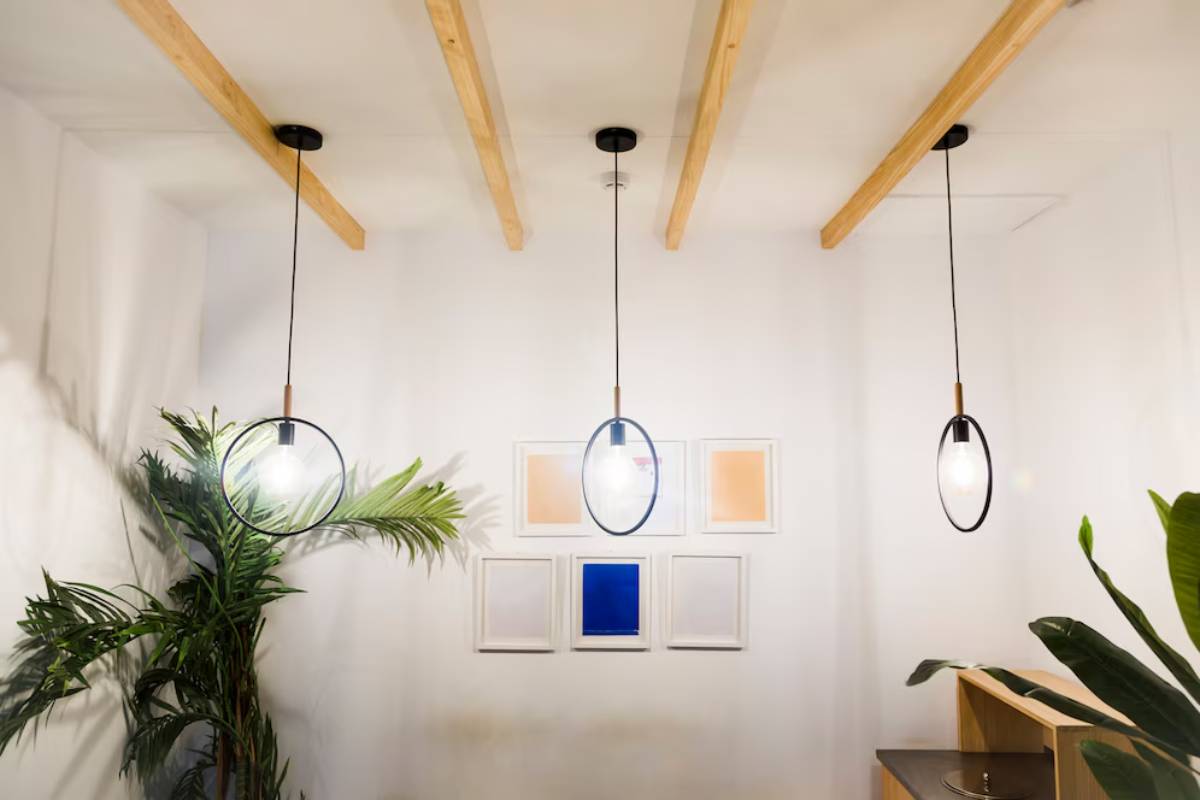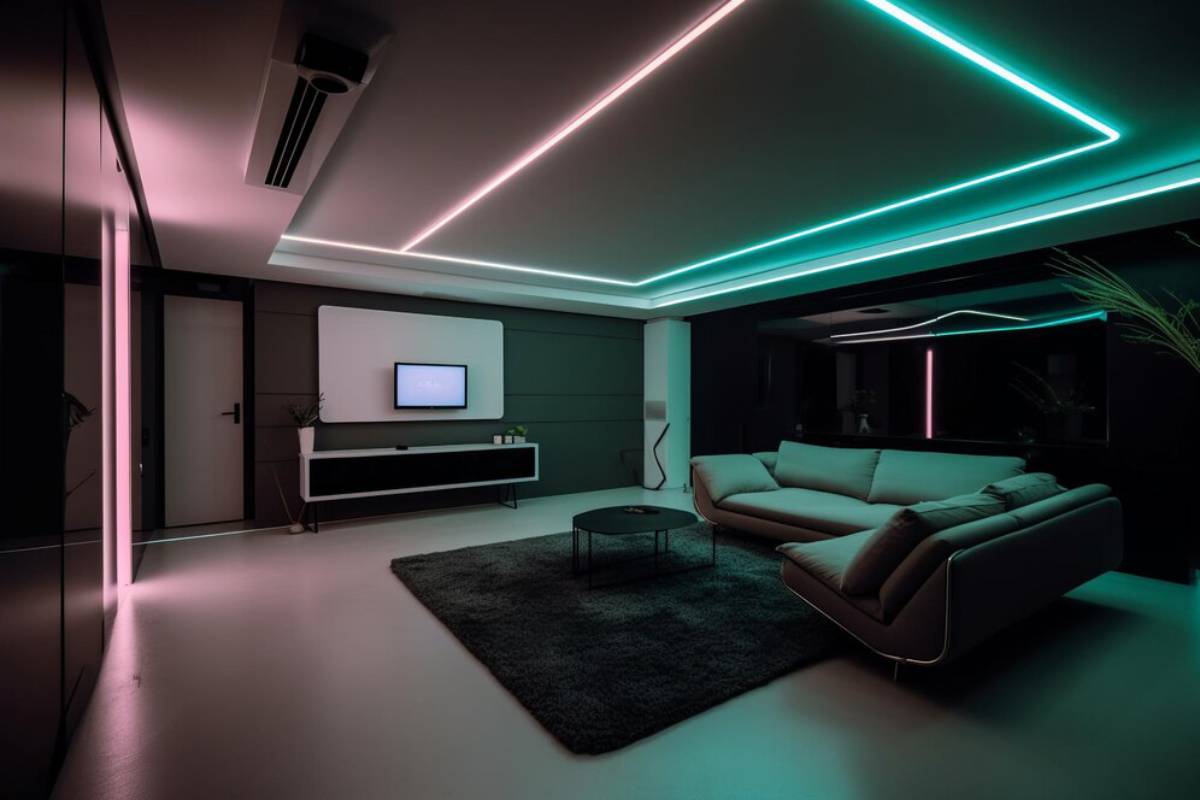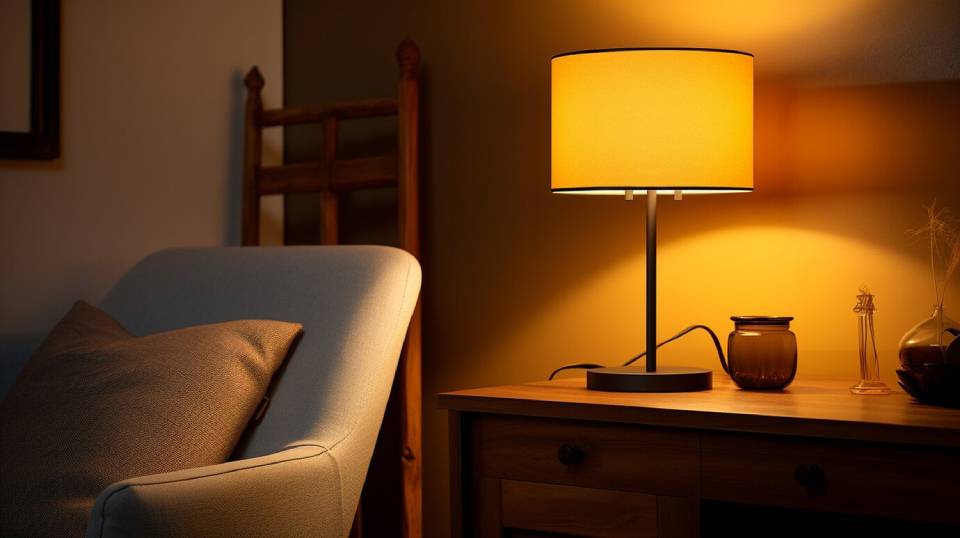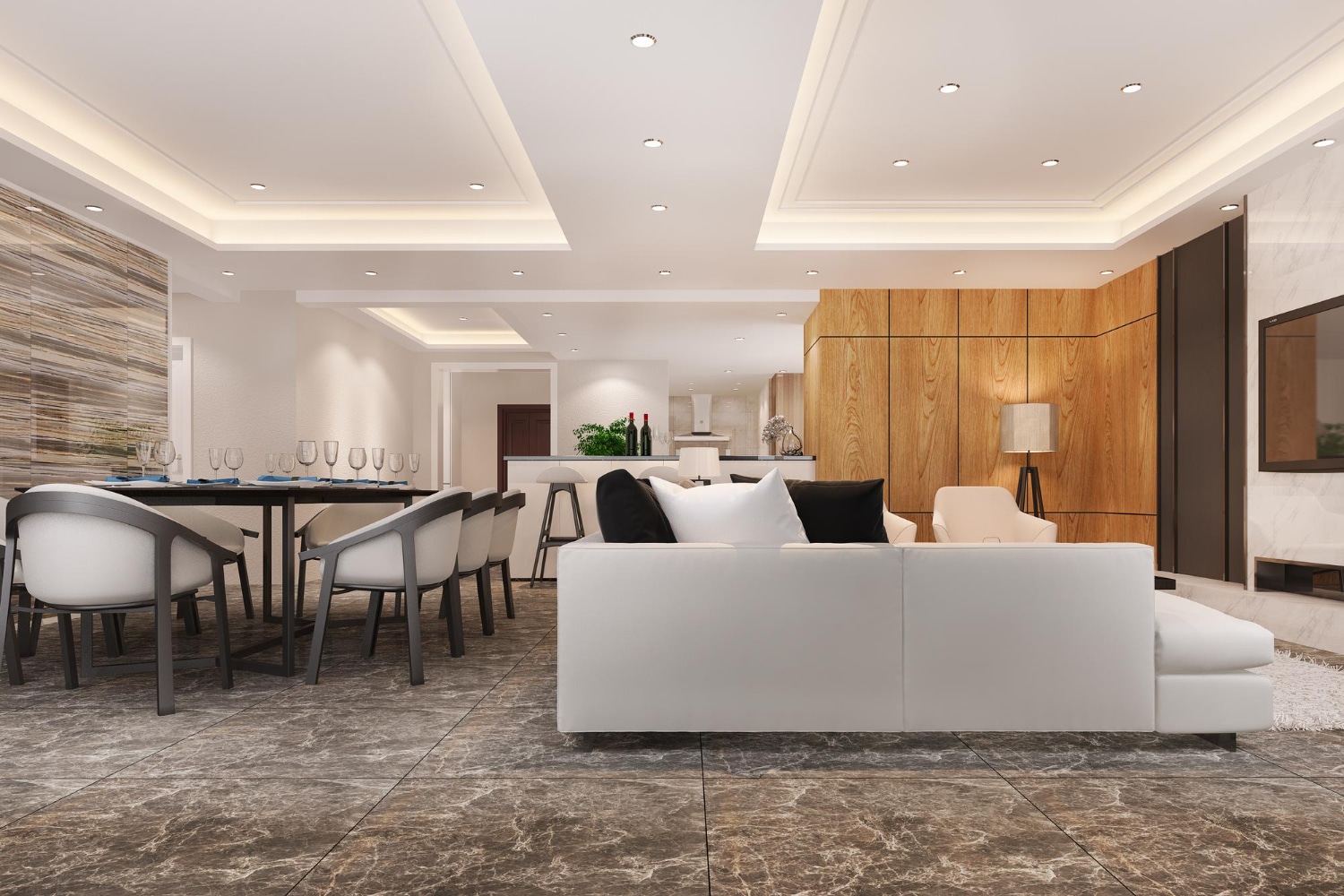
How Lighting Can Create the Illusion of Space
Ever walked into a room and felt it was bigger than it looked from the outside? Chances are, clever lighting was at play. In small homes and apartments, lighting for small rooms isn’t just about visibility; it’s about transforming perceptions.
In this article, you’ll discover how to use space-enhancing lights and smart lighting tricks to make any tight space feel brighter, larger, and more inviting. Whether you’re battling a cramped living room, a boxy bedroom, or a dark hallway, these lighting techniques will open up your world — without knocking down a single wall!
Why Lighting is Essential in Small Spaces
Lighting has a psychological effect on how we perceive dimensions. A poorly lit room feels closed-in and cluttered, while a well-lit space breathes and stretches visually.
Key benefits of strategic lighting:
- Enhances spatial perception
- Boosts mood and comfort
- Highlights architectural features
- Defines zones within open layouts
Quick Fact: According to the Lighting Research Center, effective lighting can improve perceived spaciousness by up to 50%.
Core Principles for Using Lighting to Create Space
Layer Your Lighting
Instead of relying on a single source, blend ambient, task, and accent lighting.
- Ambient: General illumination to brighten the entire room
- Task: Focused light for specific activities
- Accent: Emphasizes key areas and enhances dimensionality.
Discover more about layering techniques in Understanding Light Layers: Ambient, Task, and Accent in Compact Areas.
Bounce Light Off Surfaces
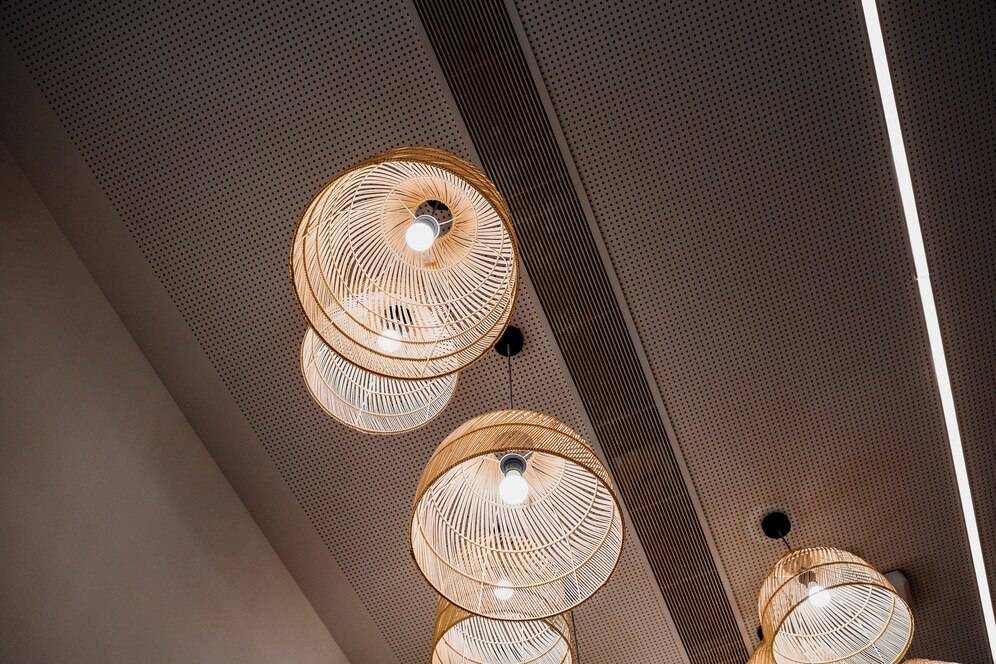
Reflecting light off ceilings, walls, and floors helps distribute brightness evenly, preventing dark, constricted corners.
Simple ideas:
- Use upward-facing floor lamps
- Position mirrors to catch and reflect light
Opt for Wall Washers and Uplights
Wall washers evenly distribute light across walls, making them seem farther apart.
- Install track lighting aimed at walls
- Use LED strip lights along ceiling coves
Smart Lighting Tricks for Visual Expansion
Trick 1: Highlight Vertical Lines
Drawing the eye upward makes ceilings appear taller.
How-to:
- Use tall floor lamps
- Install pendant lights that direct attention upwards
- Incorporate vertical wall sconces
Trick 2: Play with Light Colour and Temperature
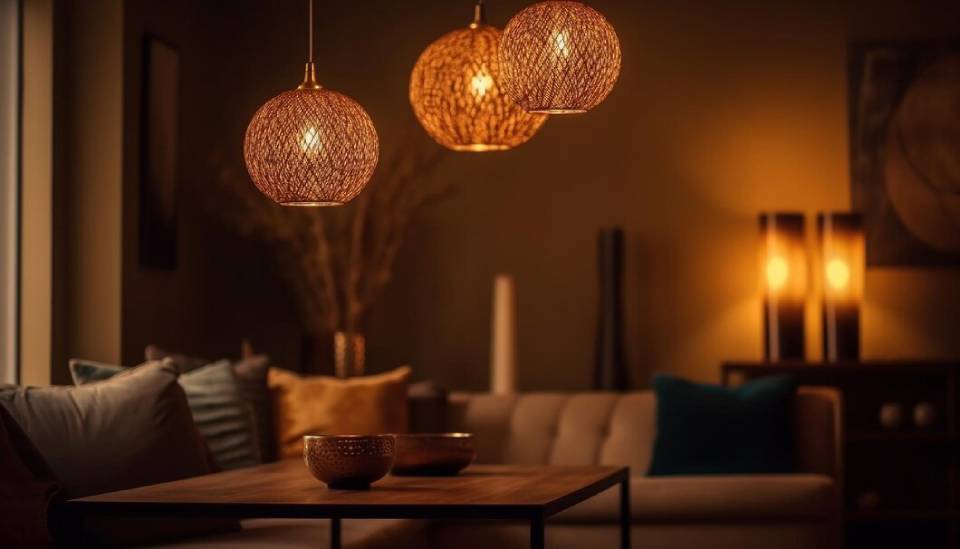
Warm white light (2700K–3000K) creates a cosy vibe but can shrink a space if overdone. Cooler light (3500K–4000K) can make areas feel more expansive.
Smart Tip: Use tunable smart bulbs that shift colour temperature depending on the time of day.
Trick 3: Zone Open Spaces with Light
In open-plan small apartments, lighting can define “rooms” without physical barriers.
- Pendant light over a dining table
- Reading nook illuminated by a floor lamp
- Kitchen workspace with focused task lights
Choosing the Right Fixtures for Space Illusion
Minimalist and Sleek Designs
Bulky chandeliers and ornate lamps often dominate small spaces, making them feel cramped and cluttered. Instead, choosing minimalist lighting options can enhance the room’s aesthetic without overpowering it. Sleek designs create a sense of openness, allowing the space to breathe while providing adequate illumination. Simple lines and understated shapes help maintain a clean look, contributing to a more serene environment. By selecting lighting that complements rather than competes with the room’s decor, you can achieve a harmonious balance that feels inviting and spacious.
Best choices:
- Slim wall sconces
- Flush-mount ceiling lights
- Clear or translucent lampshades
Transparent and Reflective Materials
Lights with glass or reflective elements amplify brightness and reduce visual clutter.
Adjustable Smart Fixtures
Smart fixtures that adjust brightness and colour offer adaptability depending on needs, weather, or time of day.
Popular Smart Lighting Options:
- Philips Hue
- Nanoleaf Essentials
- LIFX LED Bulbs
Common Lighting Mistakes That Cramp Your Space
Avoid these pitfalls:
- Heavy Overhead Lights: Create harsh shadows
- Single Lighting Source: Makes the room feel flat and smaller
- Ignoring Dimmers: Limits flexibility
- Mixing Too Many Colour Temperatures: Feels chaotic and cramped
Quick Fixes:
- Install dimmer switches
- Layer multiple light sources
- Stick to a consistent colour temperature
Real-Life Transformations: Lighting Success Stories
A Studio Flat in Brighton
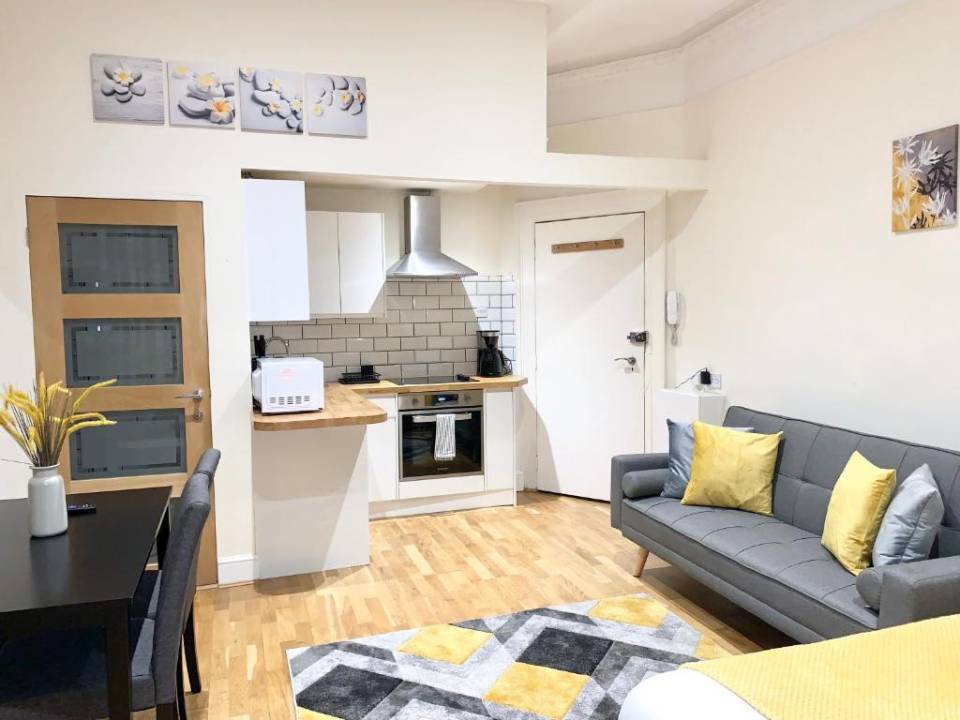
Before: A gloomy, poky studio with a harsh overhead bulb After: By layering soft ambient lights, installing vertical wall sconces, and using smart bulbs to shift brightness, Ella transformed her studio into a breezy, inviting retreat.
Explore more on zoning techniques at How to Zone Your Studio Apartment Using Lighting.
A Narrow Hallway in Edinburgh
Before: A long, dark corridor that felt like a tunnel After: Strategic use of wall washers and a large mirror lit by overhead LED strips made the hallway feel spacious and elegant.
Bonus Tips: Lighting Dos and Don’ts for Small Spaces
Lighting DOs:
- DO use mirrors to reflect light
- DO vary light source heights
- DO opt for minimalist fixtures
Lighting DON’Ts:
- DON’T rely solely on one light source
- DON’T ignore corners and nooks
- DON’T use overly ornate lighting
Let Light Redefine Your Space
Smart lighting isn’t just about aesthetics — it’s about creating a space that feels bigger, brighter, and more welcoming. By using lighting for small rooms strategically, incorporating space-enhancing lights, and applying clever smart lighting tricks, you can redefine the way you experience your home.
So, why not start today? Whether it’s swapping a lampshade, repositioning a mirror, or experimenting with smart bulbs, even small changes can make a big difference.
Have you tried any of these tricks yet? We’d love to hear your experience! Drop a comment below, share your tips, and subscribe for more illuminating ideas.
